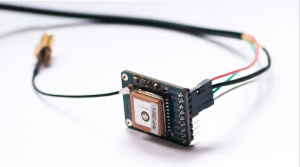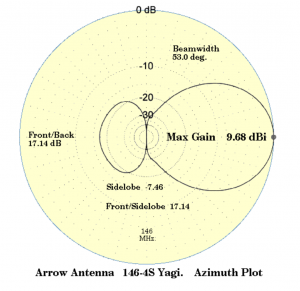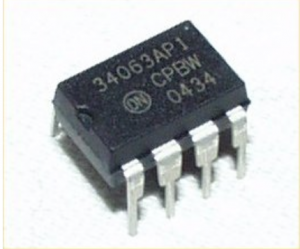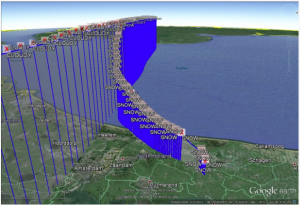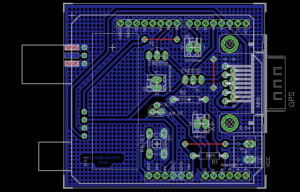Successfully installed this GPS board on the R-Pi.
By Kevin Townsend at adafruit.com
http://learn.adafruit.com/adafruit-ultimate-gps-on-the-raspberry-pi/introduction
The drivers for the console cable were already in the Raspian distribution on the R-Pi.
I installed the gpsd (daemon) software as directed in the above tutorial.
Documentation for gpsd is here:
http://gpsd.berlios.de/client-howto.html
Sample C code is: gpxlogger.c and cgps.c – which can be found in tkzic/rpi/gpsd 3.7/
(todo – write sample code and add to telemetry tracker)

